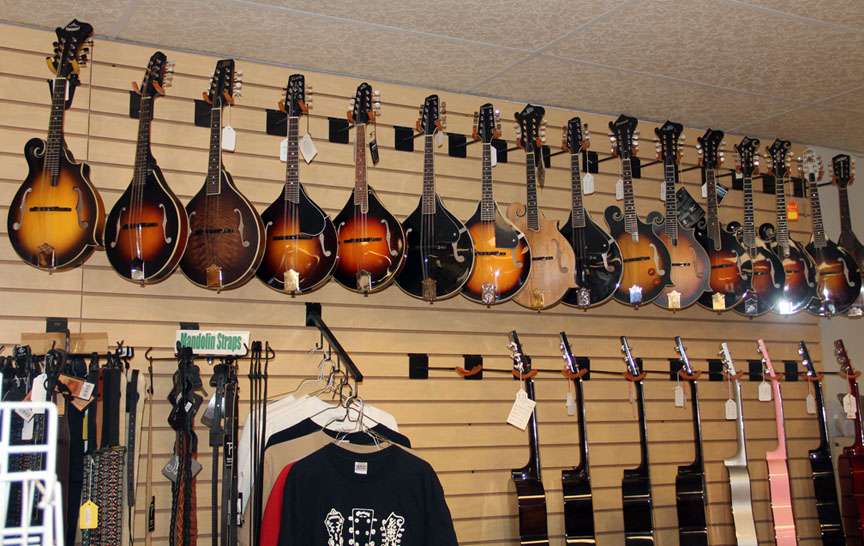
Maple, Spruce, Poplar … if you understand a bit of musical instruments you must have come across these names when looking for your next band instruments. But if you do not know all of them, let’s give you a tour regarding woodwind instruments.
First of all, it is important to say that the wood used in the manufacture of an instrument, whether it is an marching band instruments or not, is responsible for most of its sound characteristics (such as timbre and sustain) and of course, for the aesthetic characteristics. It is interesting to note that the wood has different functions, depending on the area in which it will be used (top, sides, arm, scale, bottom).
It is worth remembering that the main woods used do not represent all the tonal aspects of the instrument. Design, manufacturer’s or luthier’s expertise and quality of each piece of wood used are also important factors. That said, we can talk about each type of wood.
Hard pressed Sitka wood and Ovangkol
Even being hard-pressed, this wood can sound clear, making the Sitka an excellent choice for musicians whose style requires a broad dynamic response and a more robust tone. On the other hand, the lack of a more complex tone makes Sitka sound a little thin to the slight touches, but of course everything depends on the design of the instrument and the other woods involved.
Ovangkol is an original wood from West Africa. Normally, its coloration goes from yellow-brown to dark brown and has stripes ranging from gray to almost black. The diversity of Ovangkol and grain pattern resembles the Eastern Indian jacaranda. It also shares some features with pink tones, but sports the “brightness” alive found in medium density woods, such as mahogany, walnut and koa. It is perfect for band instruments.
Although widely used in luthierias, Ovangkol is a very exotic wood. She designs fuller and more engaging timbres, somewhat correcting the “middle” deficit of other Folk guitars.
Koa, Ash and Poplar
Koa is an original wood from Hawaii that seems to be in extinction, so it is more expensive and hard to find. This medium density wood is widely used in acoustic instrument tops, bottoms and sides. It has an exotic but discreet design, with a coloration ranging from orange to reddish brown.
It is a kind of rich cousin (in every sense) of mahogany. It has been increasingly used by the personal fingerstile (steel ropes) because of the good definition without being too dry.
The Ash is a hard, porous and medium density wood, but very beautiful and with a brilliant sound, ideal for all sorts of band instruments. There is Light Ash or Swamp Ash, which is lighter and has a less full-bodied sound, and factories prefer this wood to conventional Ash, so the instrument will not cause back pain in musicians. An instrument with body made in Ash is certainly heavier than one in Alder, a characteristic that favors the mid and treble. This wood was used in the first stratos and in the teles.
Poplar is a fibrous wood, dense, but very light and extremely resonant. When used on solid-bodied instruments, such as a guitar, it has a very clear sound. Known as tulip, yellow poplar or tulip wood, it is a good wood for those who like a cleaner sound in their band instruments.
| Tweet |  |
